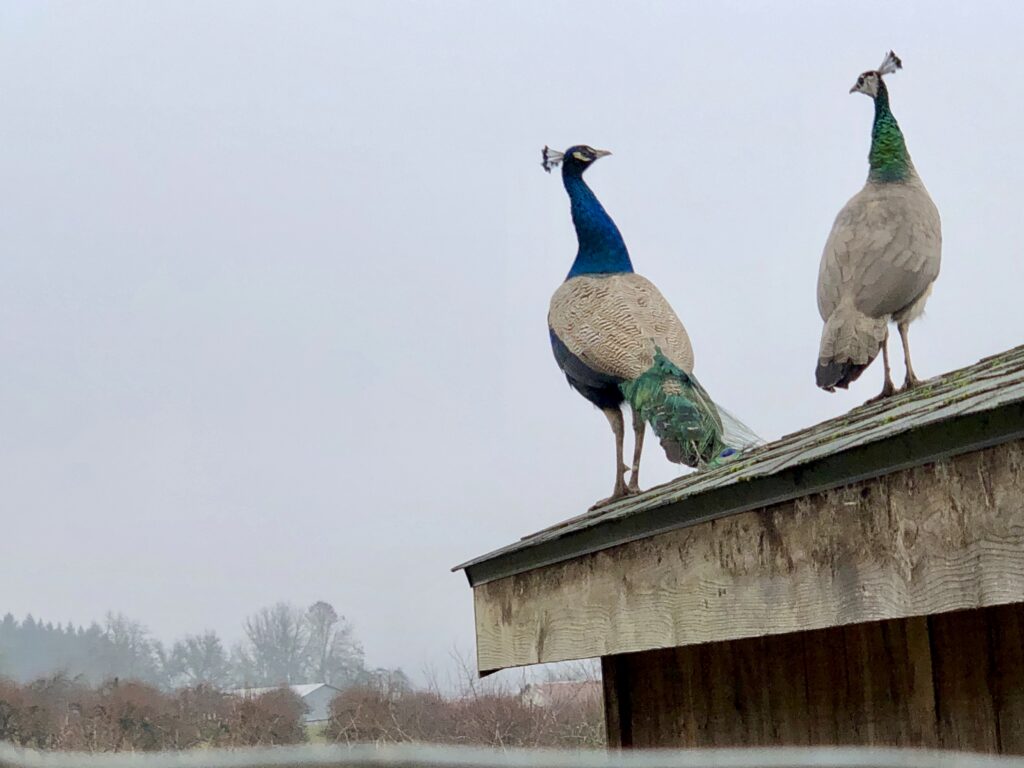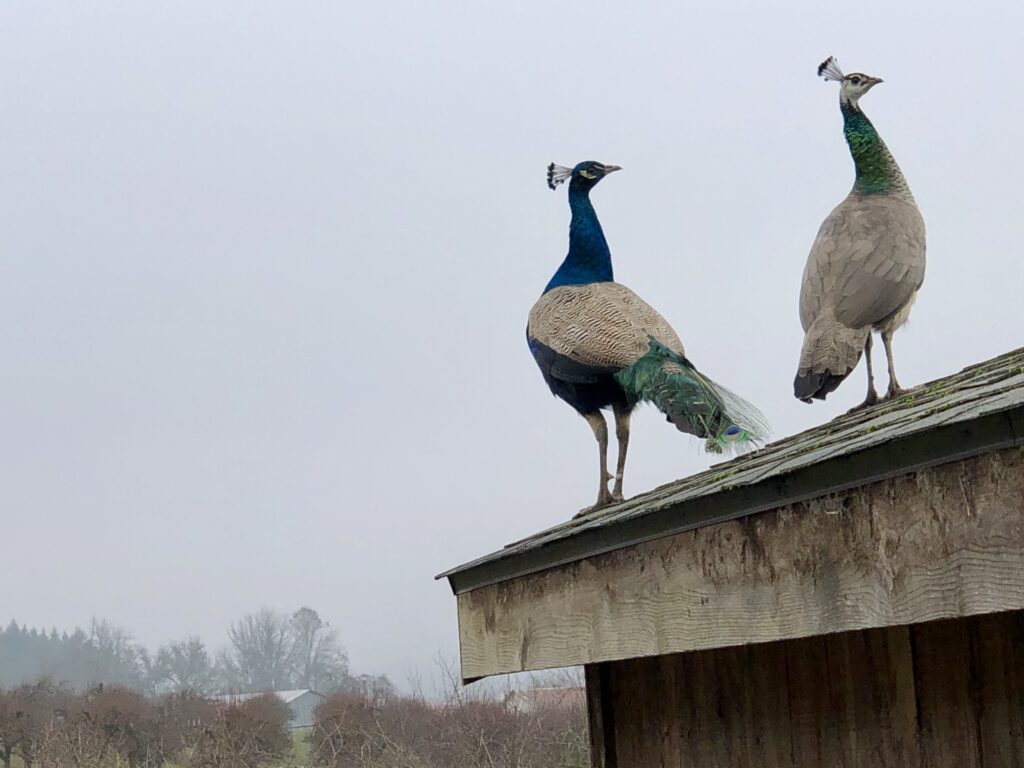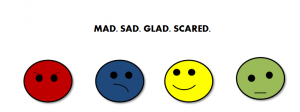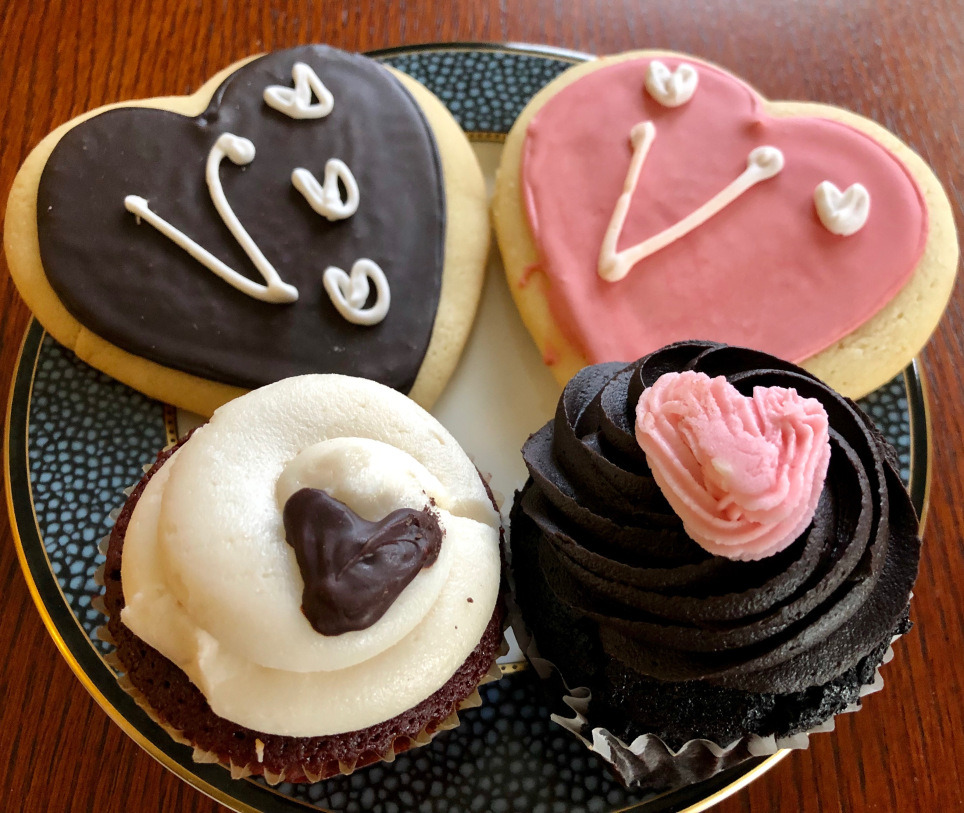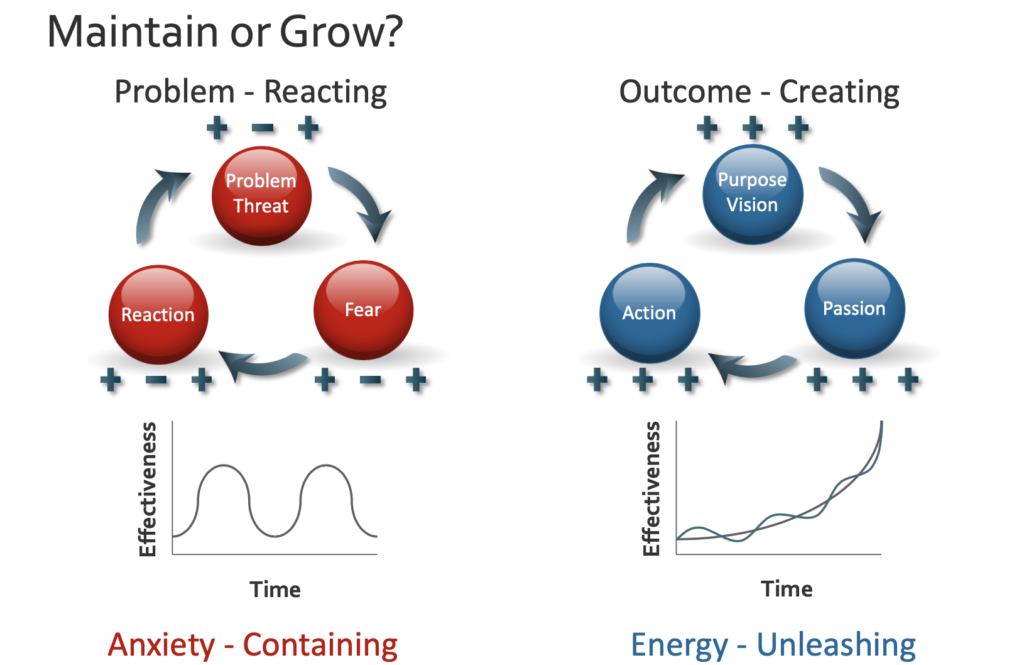
Most of us have seen the meme that asks a group, “Who wants change?” and everyone raises their hands. Then they’re asked,” Who’s willing to change?” and all hands are down. Put another way, “Everyone wants to be on the top of the mountain but few are willing to do the climb.”
Why is it so hard for so many of us to make some of the changes we keep saying we want to make in order to have the impact we know we can have? One of the reasons is that we don’t get what we want, we get what we believe. I think Oprah said that. And from my experience working with leaders, and in my own life, I’d say she’s spot on.
According to the Universal Model of Leadership, developed by Bob Anderson and Bill Adams and described in their book, “Mastering Leadership: An Integrated Framework for Breakthrough Performance and Extraordinary Business Results”, we all have within us two operating systems: Reactive and Creative. And they have a lot to do with how we play our inner and outer game.
Guess which one dominates most individuals, teams, work cultures, and organizations? And guess which one, when developed, is what takes leads from good to great, and is the most highly correlated with being an effective and successful leader?
When a leader is operating from their Creative competencies they are empowered, energized and effective. They lead with vision, purpose, and passion and are focused on moving toward their most important and valued long-term outcomes. And they bring out the best in others while doing so.
When operating from their Reactive tendencies, they’re typically engaging in behaviors that may also get a lot accomplished (or not), but they tend to drain the energy of the system, others, and themselves. From this approach, they’re focused on short-term and problem-focused (real or perceived) threats, and on what they want to move away from rather than what they want to move towards.
The Reactive is driven from fear and anxiety and it’s based on limiting beliefs and assumptions that we all have, in varying degrees and in varying styles, from our childhood formative years. It comes with the territory of being human. It’s neuroscience 101: when there’s a perceived threat we fight, flight or freeze. We all developed beliefs and behaviors to cope with our environments growing up and not all of these are in service of our greater good.
Here are the three dimensions of the Reactive tendencies. Take a look and see which one resonates most for you.
1. Complying Your sense of self, worth, and safety comes from don’t rock the boat, keep the peace, say what you think others want to hear, avoid taking risks, keep people happy, approval-seeking.
2. Protecting Keeping distance establishes your sense of self, worth, and safety through your intelligence. Critical eye – being on the watch for what’s wrong with self, others, and circumstances. “Above it all”. “Smartest person in the room.”
3. Controlling Your sense of self, worth, and safety comes from what you achieve. Often getting results without realizing the costs. If you don’t do it it’s not going to get done, or done right. Winners make it happen, no matter what. Get the job done – whatever it takes.
In what ways do any of these Reactive tendencies show up for you in your role at work?
Our job as leaders is to harness our ability to act from intentional awareness, engage more fully in our creative competencies, uncover our reactive tendencies, and strengthen the ability to see things from different perspectives.
Practicing and integrating new attitudes, behaviors, and habits while letting go of unconscious patterns that get in the way of optimal productivity and success is a process, all in service of being of maximum value to your team, your organization and work culture, and to YOU.
It starts with being committed to a growth mindset, so let’s do this!
Next time, we’ll take a deeper dive into how to get out of your own way and strengthen your inner game by engaging your Creative competencies.
Much love,
Dani

